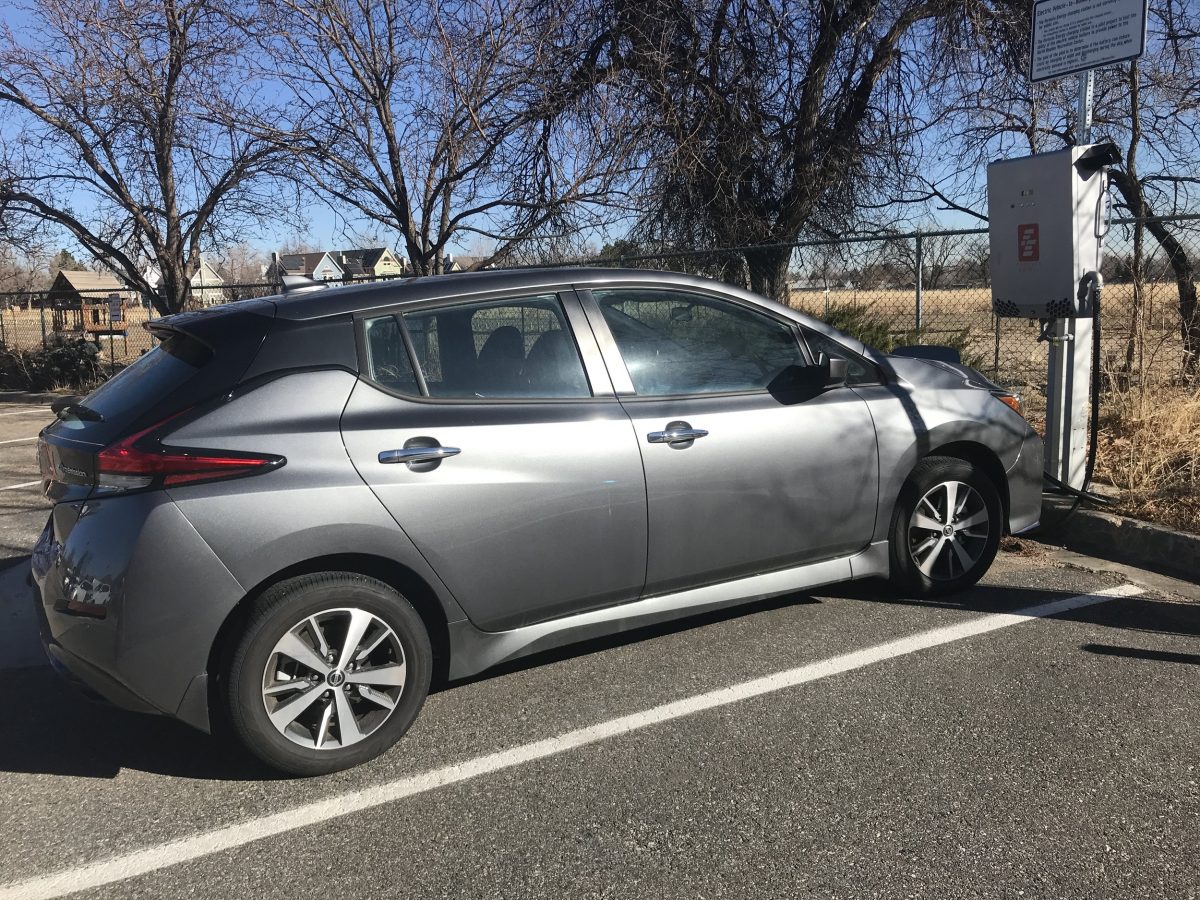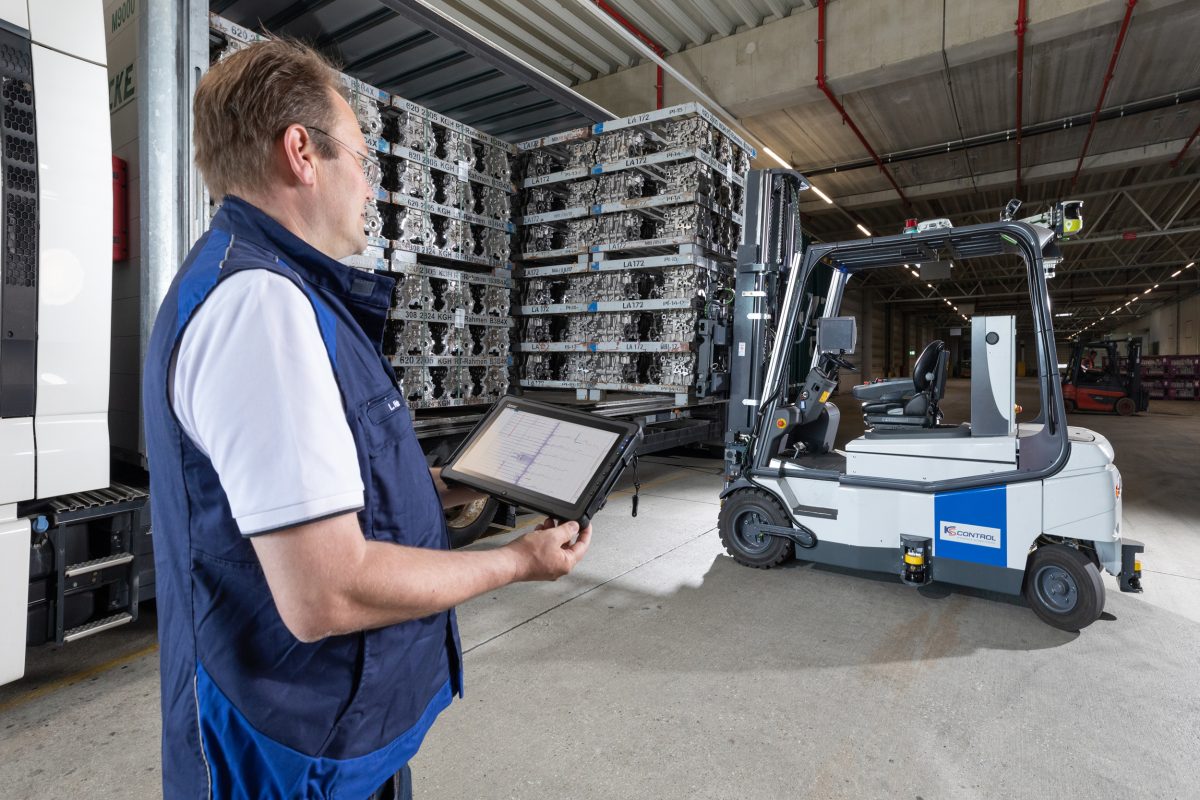Telematics technology is becoming increasingly useful as a tool for OEMs and for fleet managers. Consumers, too, are realising the benefits through offerings like usage-based insurance (UBI). Driving data can be logged and analysed to reward safer, more efficient drivers with lower insurance premiums, while fleet managers can track their vehicles and monitor fuel efficiency.
The benefits of telematics are already established across the developed markets of Europe and the US; now consumers and fleets in emerging markets are beginning to explore how they can make use of the technology. One of the fastest growing emerging markets is India, which is expected to become one of the largest automotive markets in the world over the next decade. Following an almost 7% decline in 2013, light vehicle demand in India grew by 1% in 2014 to reach 2.9 million units.
As Guenter Weber, Regional President of Bosch Aftermarket observes, “Everybody is talking about telematics, and it’s developing quite promisingly in India,” but he notes that the development has not been straightforward. “We have been able to track cars for many years, but additional services are now coming in.”
Emerging markets, emerging fast
According to recent analysis by MarketsandMarkets, the global automotive telematics market will be worth US$45bn by 2019; emerging markets may be late to the telematics party, but the development of telematics in those markets is emerging fast. “I would like Bosch to be the only player, but unfortunately it is not,” says Weber of India’s telematics market. “Competition is already here, and many big companies are now in the market. In addition, there are many start-ups.”
Rising competition between suppliers based in developed markets has been shown to spur M&A, as larger players snap up supplementary companies to gain market share and acquire specific expertise. Is there potential for similar consolidation within the Indian market? “This is natural in the automotive industry, so I don’t see anything different happening in India,” Weber says, but advises that many companies are still testing the water. “We have to see who will stay in the field, and who will leave.”
While, in the past, high-tech in-vehicle infotainment (IVI) systems were reserved for premium marques, almost all new vehicles on the road today feature IVI systems as standard. As for whether this trend applies to the fitment of telematics systems, with all new vehicles eventually featuring integrated telematics as standard in the future, “It’s coming step by step,” says Weber. “Everybody is talking about it, and it will be implemented into the market slowly, similar to Europe.”
As it stands, telematics demand centres largely on the need for vehicle tracking, and currently to a lesser degree, fleet management, says Weber, although he noted that the latter is growing in importance: “This is the key system, and our customers are requesting more of it.”

Barriers to adoption
Several key issues are slowing the adoption of telematics in emerging markets. The first of these is the need for a secure Internet connection across the region concerned. Telematics systems require a constant flow of information from vehicle to Cloud, and then to back-office analysis. With India’s mix of vast open areas and highly dense cities, the required infrastructure may be a long time coming. This, however, is not unique to India or other emerging markets; similar issues have been seen in the US, for example.
Following the progression of various technologies allowing higher network coverage, most recently 4G and LTE, 5G is set to be the next step. Indeed, many believe 5G will act as an enabler for autonomous vehicles and vehicle-to-everything (V2X) communication, which will create a significant source of data, and thereby provide a significant need for data analysis. However, 5G adoption is currently challenged by poor network coverage and the lack of standard specification for the technology.
“In India, 5G can provide additional features. Its high speed can enable faster content streaming,” explains Bosch’s Weber. “For example, this will become more important for school buses and other vehicles that require real time data.”
Data protection is another issue, although this is a global challenge, and far from exclusive to emerging markets. Speaking at the 2015 IAA in Frankfurt, Renault-Nissan Chief Executive Carlos Ghosn made it clear that the OEMs are taking the issue of data protection very seriously. They are, of course, aided by suppliers like Bosch, which are well positioned to provide such a service. “The big challenge for everybody is around data security,” agrees Weber. “Here, we have something unique. At a recent telematics event in India there was considerable interest for the data security we can provide – both for the driver and the OEM. This is the nature of change that everybody is facing, and everyone discussing telematics is focussing on data protection.”

A platform for autonomous taxis?
According to ABI Research, global telematics penetration in passenger cars is expected to increase from 11.4% in 2012 to 60.1% in 2017. Much of this demand will come from car-share fleets such as DriveNow, and on-demand taxi services such as Uber, where data analysis can dramatically increase business efficiency.
These alternative business models also present an opportunity for the Indian market. In the state of Kerala, for example, Maruti Suzuki – the Indian market leader in passenger cars with an almost 50% share – has partnered with the Kerala State Women’s Development Corporation to help women reach their destinations safely.
She-Taxi integrates a telematics system within the vehicle, which monitors and tracks the activities of the taxi and the behaviour of the driver. Data is sourced from a wide range of sensors and features, including speeding, safety alert switches in the passenger cabin, a GPS tracking system, sudden turning, braking or acceleration, and theft protection.
Keeping track of things
However, the market in India is changing, he observes. “We are seeing an increasing number of requests for commercial vehicle mileage reporting, accident recording, navigation, tracking, safety and vehicle diagnosis. If you want to run vehicle diagnosis, a telematics system has to be available in trucks as well,” he affirms.
“Fleet managers have the benefit of being able to track the vehicles. By sourcing the correct information from the telematics, these operators can save fuel and reduce emissions across the fleet. They can also understand their drivers’ behaviour from a safety aspect, so for fleet owners it makes sense,” explains Weber.
Bosch currently supplies diagnostic solutions which can be installed as standard with an OEM, or fitted as an aftermarket retrofit solution. In addition, the supplier also provides the required hardware and software – a key benefit, Weber concludes: “Hardware is only one thing; if you’re transferring data, you need to have the software behind that. It is about bringing multiple things to the table, and this is what makes us a little bit different.”



